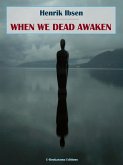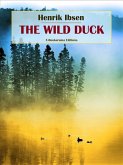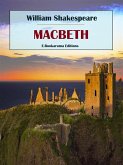"The Warrior's Barrow" (or, "The Burial Mound") was Henrik Ibsen's second play and his first play to be performed. Written in 1850 when Ibsen was 22 years old, the play was first performed at the Christiania Theater on 26 September 1850, under Ibsen's pseudonym Brynjolf Bjarme. "The Warrior's Barrow" is a one-act dramatic poem that portrays an incident from the heroic age of Norse conquest. Landing on an island off the coast of Sicily, Gandalf, a young pagan chieftain who personifies the rough Viking tradition, confronts the tempering Mediterranean influence of Christianity in young, innocent Blanka. Sworn to avenge his father's death, Gandalf learns Blanka has in fact saved his life, and he subsequently returns to Norway with her so that her faith may be "transplanted in the north." Henrik Johan Ibsen was a major 19th-century Norwegian playwright, theatre director, and poet. He is often referred to as "the father of realism" and is one of the founders of Modernism in theatre.
Dieser Download kann aus rechtlichen Gründen nur mit Rechnungsadresse in A, B, BG, CY, CZ, D, DK, EW, E, FIN, F, GR, HR, H, IRL, I, LT, L, LR, M, NL, PL, P, R, S, SLO, SK ausgeliefert werden.









